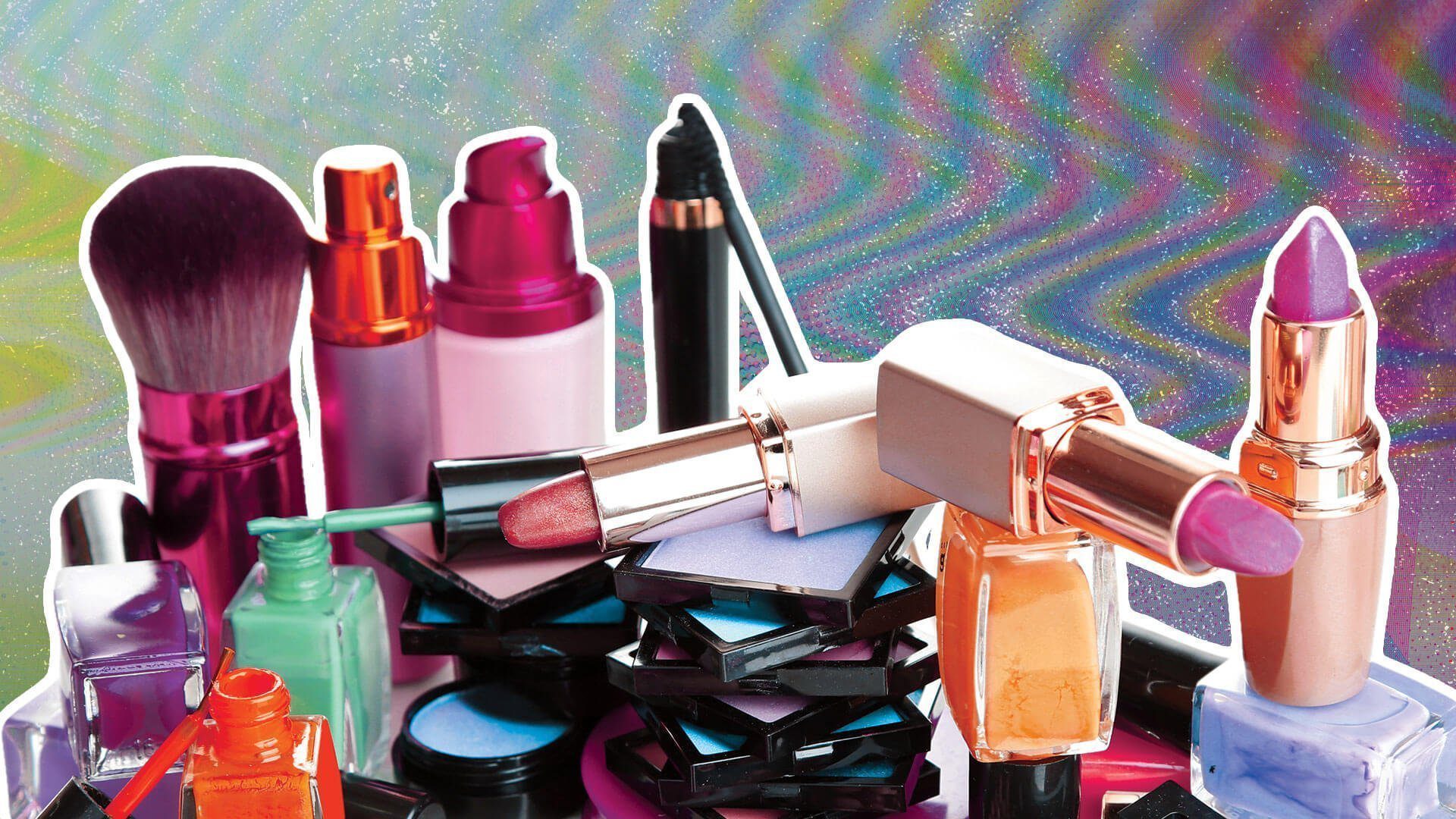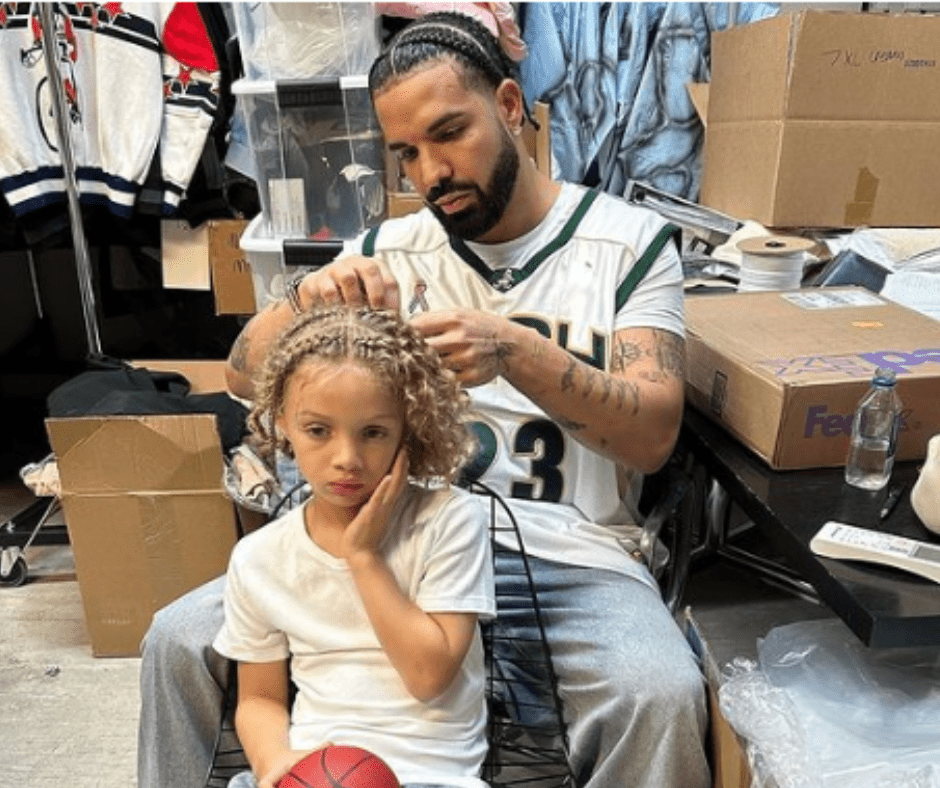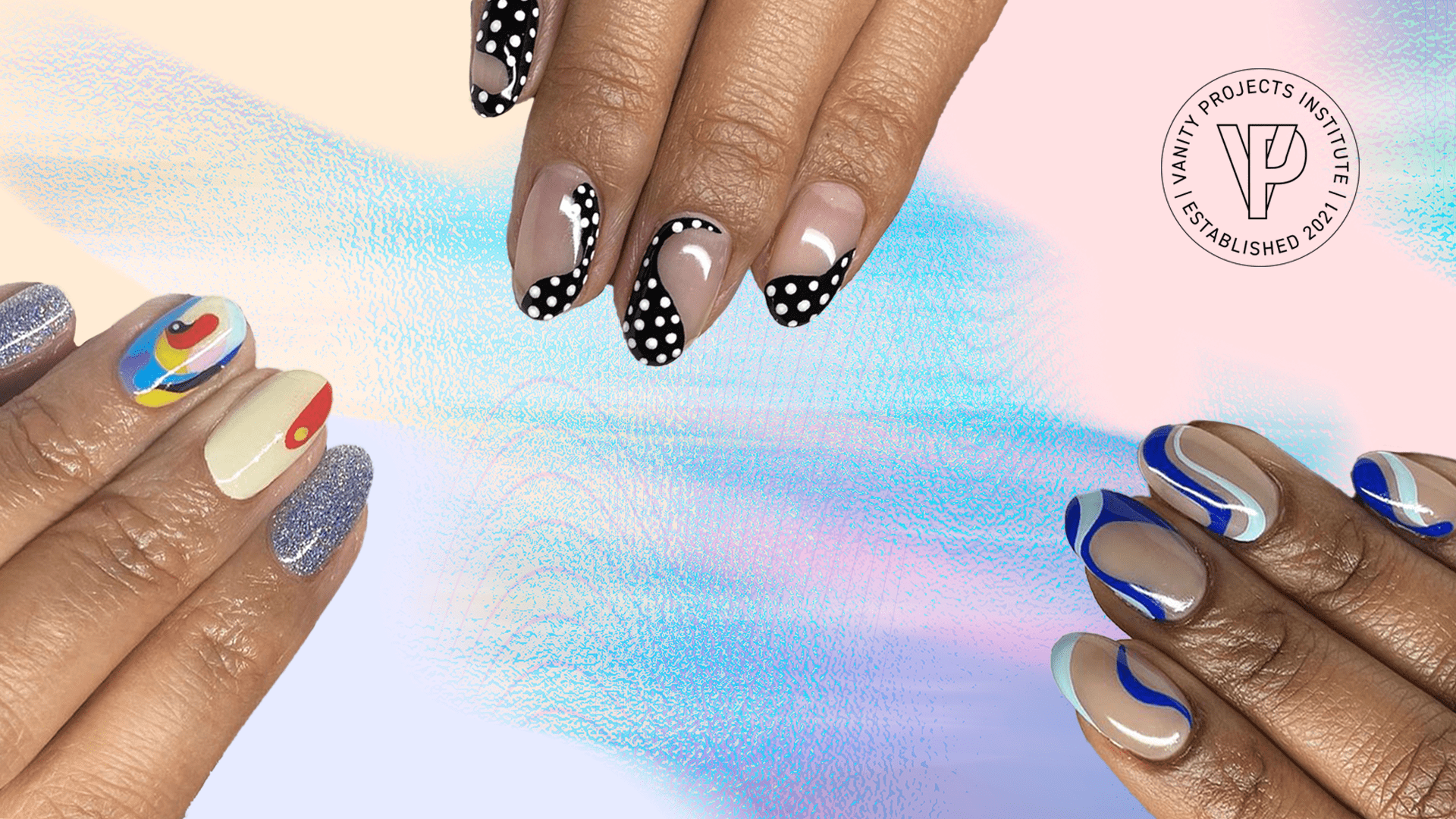We know that supply and demand are meant to rely on one another: when more people want a product, they make a purchase and the supply goes down; when there’s an excess of a product, less people tend to want it (exclusivity, right?). But when it comes to our current beauty ecosystem, things have been a little…messed up.
Stores like Forever 21 (closing 111 of its stores), H&M, and Zara have long been at the center of the fast fashion debates. However, the issue isn’t isolated to the fashion industry. The problem reaches across industries as companies in all sectors prioritize sales above sustainability. And even as consumers strive for ethical beauty that’s clean, green and cruelty-free, the industry still brings fast beauty into existence.
Fast beauty creates huge amounts of product in short amounts of time. This quick turnaround promotes a sort of hyper consumerism that’s neither wallet- or eco-friendly. Buyers pick up the second, third and fourth releases from brands, despite buying the last launch only a week or month prior.
What the Numbers Tell Us
According to IBIS World Research, U.S. cosmetic and beauty industries have already accumulated $52 million in 2019 revenue. As for the global market, Luxury e-commerce companies like Net-a-Porter increased their beauty inventories by 26 percent between 2018 and 2019, while H&M’s UK beauty offerings nearly doubled (94.8 percent) in the same period –– highlighting both the increased rate of cosmetic production and the direct introduction of fast fashion practices into the beauty sphere.
Being the top cosmetic group worldwide, L’Oréal has long-signaled the health of the beauty industry. The company registered 505 patents last year and has continued its growth into 2019 (final numbers have yet to be released). However, as consumers reach their limit in terms of beauty purchases, L’Oréal is witnessing a downturn in sales that may force them to reassess.
The problem is about more than consumers drowning in product. As the beauty economy expands at such a high rate, fast beauty is creating massive waste while amplifying “Consumer Fatigue.” This increasingly unstable market has taken a toll on sales and forced companies to question their approaches; because if things don’t change quickly, the industry has the potential to crash.
Two’s a Collection, Ten’s a Crowd
A huge factor in the fast beauty conversation is the amount of waste these constant launches create, from product to packaging. Because consumers are collecting so much new product, many are falling into a cycle that prevents them from accessing a huge portion of their collections. Consider this:
A consumer buys products A and loves it, but soon after, product B is launched. They buy B, forget A and before they know it, product C is on the market. Eventually, consumers have acquired so much product that A expires…then B…and before they know it, they have to trash their stash before even making a dent in it. Meanwhile, they’re ogling over Product D.
Days are literally numbered for these products. The shelf life on mascara and eyeliner is only three months, liquid foundation expires after one year and lip products are able to survive up to two. However, the rate at which products deteriorate and negatively affect a user’s skin can vary based on the formula. Still, the end result is the same: unused products find themselves in the trash.
Beauty Fans Get Wasted –– Literally
Then comes the issue of packaging. Samantha Ravndahl is one face in the beauty community that isn’t shy to critique the industry’s disregard for the environment. In her “NO MORE PR” video posted last November, Ravndahl announced her voluntary removal from over 40 brands’ PR lists. PR releases have a reputation in the influencer community for being overly extravagant in their packaging (with tv screens and other difficult-to-recycle materials), as well as including products beyond the launch. Ravndahl has received t-shirts, bags, martini shakers and even a Roomba.
According to the EPA’s current statistics, plastic packaging on U.S. products (not just personal care items) has grown more than 120 times since 1960, with over 70 percent of that waste ending up in landfills. Although brands are responding to this dynamic, such as L’Oréal committing to 100 percent reusable, refillable or compostable packaging by 2025, the waste is continuing to grow.
Ravndahl isn’t the only one struggling with all this packaging, either. “Declutter” videos have become commonplace, and plenty of YouTubers are “Shopping Their Stash.” Still, PR packages arrive at the doors of countless influencers every day, and they are sure to post another declutter video in just months.
Not Enough Hype
With so many launches, and consumers’ limited time, money and space, matching a brand’s pace has become quite the challenge. @RawBeautyKristi called out ColourPop and Anastasia Beverly Hills as two brands going especially overboard in her video “MAKEUP I AM NOT GOING TO BUY… ANTI HAUL.”
ColourPop broadcasts new releases on its Instagram every Friday and as of November 2019, the website included: 228 face products, 357 lip products and a whopping 501 eye products –– not to mention the company’s separately marketed Sol Body and Fourth Ray Beauty lines.
Anastasia may not have the same volume as ColourPop. However, the brand’s summer and fall launch schedule definitely drew attention in 2019, with five releases happening in just over two months.
- Jackie Aina palette (released August 15)
- Norvina Pro Pigment Palette Volume 1 (released August 26)
- Norvina Pro Pigment Palettes Volumes 2 and 3 (released September 26)
- Carli Byble palette (released October 7)
- Mini Norvina Pro Palettes Vol. 1 and 2 (released October 26)
“What this is going to show me… is that I don’t need any of it, and that’s probably the exact opposite of what [brands] are trying to do here,” says Kristi. “When we’re telling ColourPop and ABH (Anastasia Beverly Hills) to slow down, maybe it’s that we need to quit buying makeup.”
According to U.S. psychology researchers Van Boven and Ashworth (2007), anticipating a new product or purchase is a huge part of what makes it so exciting for us –– even more so that actually receiving the product. That being said, with limited time to anticipate a release –– some products being released on the same day or within weeks of each other –– consumers lose the thrill of awaiting the newest launch. Consumers need time not just to restock but to enjoy the wait as well.
Simply Put, We’re Spent.
The end result of this overproduction is a consumer that’s overwhelmed and worn out by the amount of new products on the market. This “Consumer Fatigue” was also experienced by the fashion industry starting in 2016. For both sectors, consumers have become so inundated, they’ve simply stopped trying.
In September, Ravndahl posted a “THREE MONTH NO BUY” in which she shared over $8,000 in Sephora spending during the 10 months after her PR removal. After considering how many products she only used once, how many she used more than 10 times (a success, by her definition) and where else she could have spent the money (e.g. mortgage payments, medical bills, etc.), Ravndahl decided: three months, no makeup purchases.
Of course, being an influencer, she spends more than the average consumer. Still, the last public study conducted on U.S. women’s beauty habits found that, on average, women in the U.S. will spend around $300,000 on makeup in her life.
Are You Listening to Us?
Brands are now starting to feel the effects of these consumers dropouts. Industry giant L’Oréal reported missing its second-quarter sales estimates Last July and blamed the downfall on changes to cosmetic demand in the U.S.
“The makeup market has really slowed down in the U.S., and we are by far the number-one player in makeup. So, when the cycle is not good for makeup, it’s a headwind for us,” L’Oréal Chairman and Chief Executive Jean-Paul Agon said.
It seems that the way to revitalize the beauty environment and call back customers is dialing back product launches to reestablish a standard pace. Consumers will have more time to use the launches they’ve purchased, as well as get excited about the new products coming their way. The change will also allow companies to save on product development and marketing, while focusing on launching fewer products well in order to get good returns.
And really, Kristi put it best: “Do they need to slow down so we can buy it all? Or do we need to quit buying makeup and just use what we have?”







